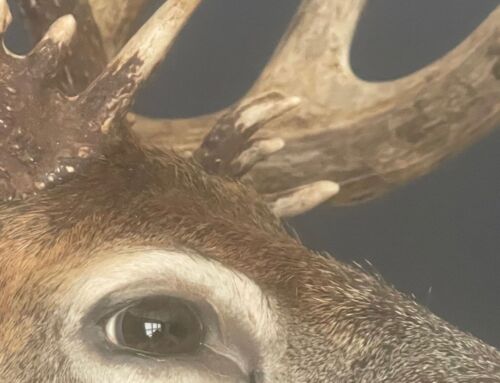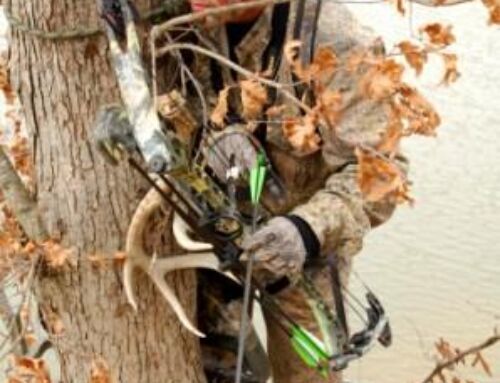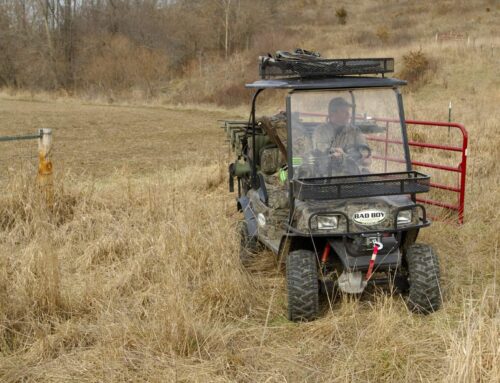 A polar vortex is gripping the northern half of the U.S., creating brutal conditions. It’s minus 10 this morning in Paradise Hill, Saskatchewan where I hunt a lot, and around zero and dropping in Minnesota and Wisconsin.
A polar vortex is gripping the northern half of the U.S., creating brutal conditions. It’s minus 10 this morning in Paradise Hill, Saskatchewan where I hunt a lot, and around zero and dropping in Minnesota and Wisconsin.
How do northern whitetails survive this intense cold and snow?
Chris Whittier, a researcher and professor at Tufts University, explains it well in this article:
…deer physically prepare for the winter by better insulating their bodies. In the fall, deer gradually trade their summer hair coat for a winter one, which consists of thicker, longer, and darker hairs called guard hairs, while also growing in a much thicker undercoat.
This winter coat absorbs more sunlight and traps more body heat than the summer coat, and provides an extraordinary amount of protection from the cold. Deer also have oil-producing glands in their skin that help make their hair water repellent, which is especially valuable in the snow. For further insulation, their bodies also begin to retain more fat in layers during the fall.
Chris points out that beginning in January, deer change their behavior:
They are generally less active, sometimes dropping their metabolism by half, which allows them to save energy and eat less. Deer may physically hunker down during particularly harsh weather—not moving for days, even to eat— which is made possible by relying on their fat stores.
Finally, in brutal conditions, deer gravitate to stands of thick spruce, pine and other conifer trees, which provide thermal cover from wind and snow. They may hunker down in there for days, rising only to nibble twigs, stems, grasses, and other plants that might be available.
That deer can survive the brutal winter of a place like Saskatchewan, and grow huge racks the following summer, amazes me.






Copy that on the fat layer, BD! This means I should be just fine tomorrow and Thursday too. I will only leave the couch/T.V. in order to ….”nibble on snacks, meat, cheese, chips, and other assorted high-calorie foodstuffs”….as I prepare to stave off this brutal cold.
Dean Weimer
Reporting from the Icy Tundra of NE Indiana
Well I have a good layer of fat so I guess I can make it until April…oh wait I was fat last July too!
Lol!!!